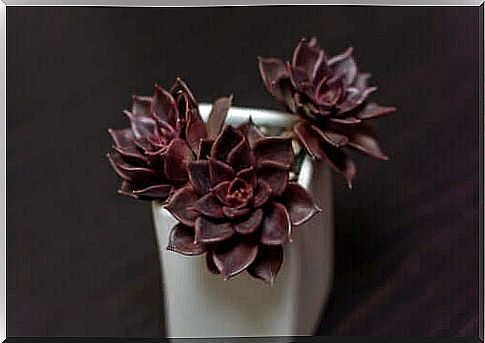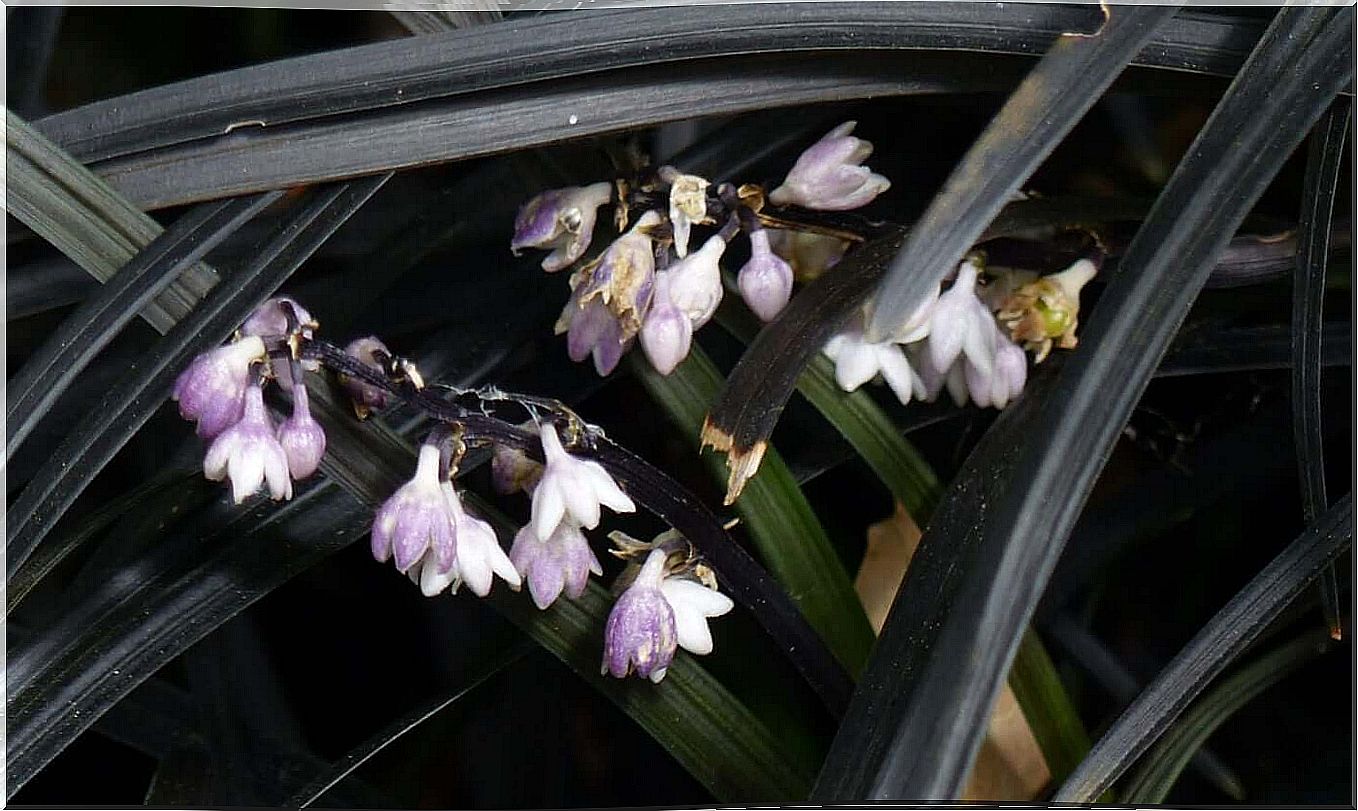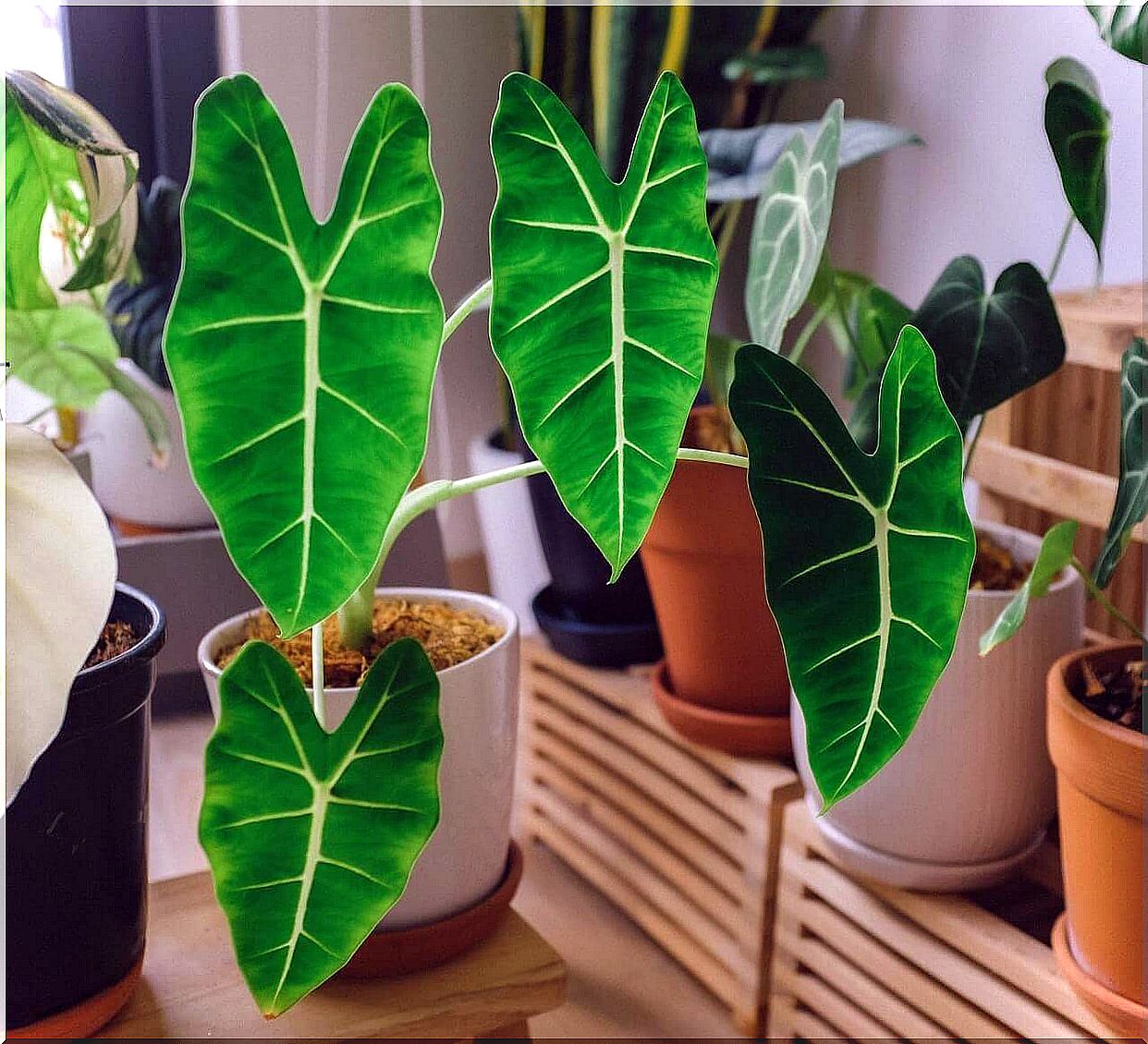Black Plants: 7 Natural Beauties
Black plants in the flowerbed or in the house are particularly attractive and striking. Today we are introducing you to various options that you can put perfectly in the limelight.

If you love elegance and dramatic presentations, black plants are perfect for your flower bed, balcony or terrace. Today we’re going to introduce you to seven different ways that you can decorate your garden. They immediately catch the eye because of their color!
Black plants are rare, but they have a magical and mystical effect. Many have a high concentration of anthocyanins, which turn the leaves or flowers dark. In truth, it is a mix of brown, red, green and dark purple that makes the plants appear black. On closer inspection, however, you can see that they are dark, but not entirely black.
Blacklist: Black plants for dramatic productions

Black has always fascinated people. It is the color of death, mourning, fertility, wisdom and also religiosity, as can be read in the book The World of Colors .
In our modern world, it is also the color of elegance and fashion. Black in various shades is also a trend that is used widely as a decorative element. Black plants in the garden or in the house are also an excellent idea for visual effects.
The black- leaved snake beard or nigrescens
The snake beard is a very resistant and showy plant. In spring the leaves are green in color, but in summer they turn almost black. In the warm season, this plant can be recognized by its white flowers, small bells with purple accents and black seeds.
Black plants in the spotlight: Black elephant ear or Alocasia infernalis
The black elephant ear, also known as Alocasia infernalis or Black Magic , is an Asian plant that is highly valued for its large, dark leaves. The leaves are as soft as velvet, which is why they are also called black velvet.
This plant is smaller than other species in the same family, only about 50 centimeters tall, making it perfect for the living room or other area of the house.
The alocasia infernalis is truly dramatic. Its leaves immediately grab attention because they are heart-shaped and so dark green that they actually appear black. The edges are silver, which is particularly eye-catching.
However, do not forget that this beauty is poisonous. Therefore, avoid the black elephant ear if you have small children or pets.
The black tulip: the queen of the night!

A practical guide from the Argentina Ministry of Agriculture reveals that there are around 125 different varieties of tulips, all of which are originally from Central Asia.
Holland is the best-known tulip country, but there are a particularly large number of varieties in Afghanistan, Iran and Turkey. In the latter country, the black queen of night tulip was grown.
The black color gives this flower a special and mystical beauty that can be seen from afar. It does need light, but it is not particularly demanding. You shouldn’t expose them to direct sun for too long or the leaves will wither. It is a plant that is ideal for both indoor and outdoor areas.
Viola cornuta ( Molly Sanderson )
Molly Sanderson is a member of the horned violet family. Its black color is very noticeable and it adapts perfectly to different climatic conditions and rooms, both in the garden and in the house.
This variety can be recognized by its dark purple leaves that appear almost black. The yellow point in the center, which is surrounded by slightly lighter purple hues, is striking. The Viola cornuta needs light, but can also adapt to partially shaded places, it is not very demanding. However, this plant regularly needs water and a moist, but not too wet, soil.
The dark-leaved black elder
Also known as Black Beauty Eldelberry , this elderberry variety can be recognized by its very dark purple leaves. This plant adapts well to moist soil, preferably near a lake or pond. If watered continuously, this elder is also perfect for the garden.
Rosette thick leaf or Aeonium arboreum
This black succulent plant is also a very showy plant. It’s easy to care for and grows practically anywhere without a lot of water. She can easily stand several days without water.
This succulent has the shape of a rose, it is dark red to purple and takes on greener hues in the middle. This plant needs good light to take on a rich color. It is a spectacular and easy-care plant that has star-shaped flowers in shades of yellow and gold in summer .

The last of the black plants on our blacklist: The black rose from Halfeti
Artificially colored black roses are available in a wide variety of colors. But the black rose from the small Turkish village of Halfeti grows naturally with a very concentrated black pigmentation.
The chronicle of the Turkish newspaper Daily Sabah says that this extraordinary black beauty owes its color to the pH of the Euphrates river, on which this small village in the region of Urfa is located. However, in order to grow the black rose in other regions of the world, the pH value must be the same, which is why this plant is not suitable for your own garden or balcony. However, since it is an exceptionally beautiful black plant, we wanted to briefly mention it anyway.
Black plants as eye-catchers
Only a few plants are black, but they are particularly exotic and magical. This can also be seen in their price. The best thing to do is to get advice from a gardener who can tell you which plants are best for your garden or house and what care they need.
You will see: black plants attract everyone’s attention. You will enjoy it yourself every day too!









